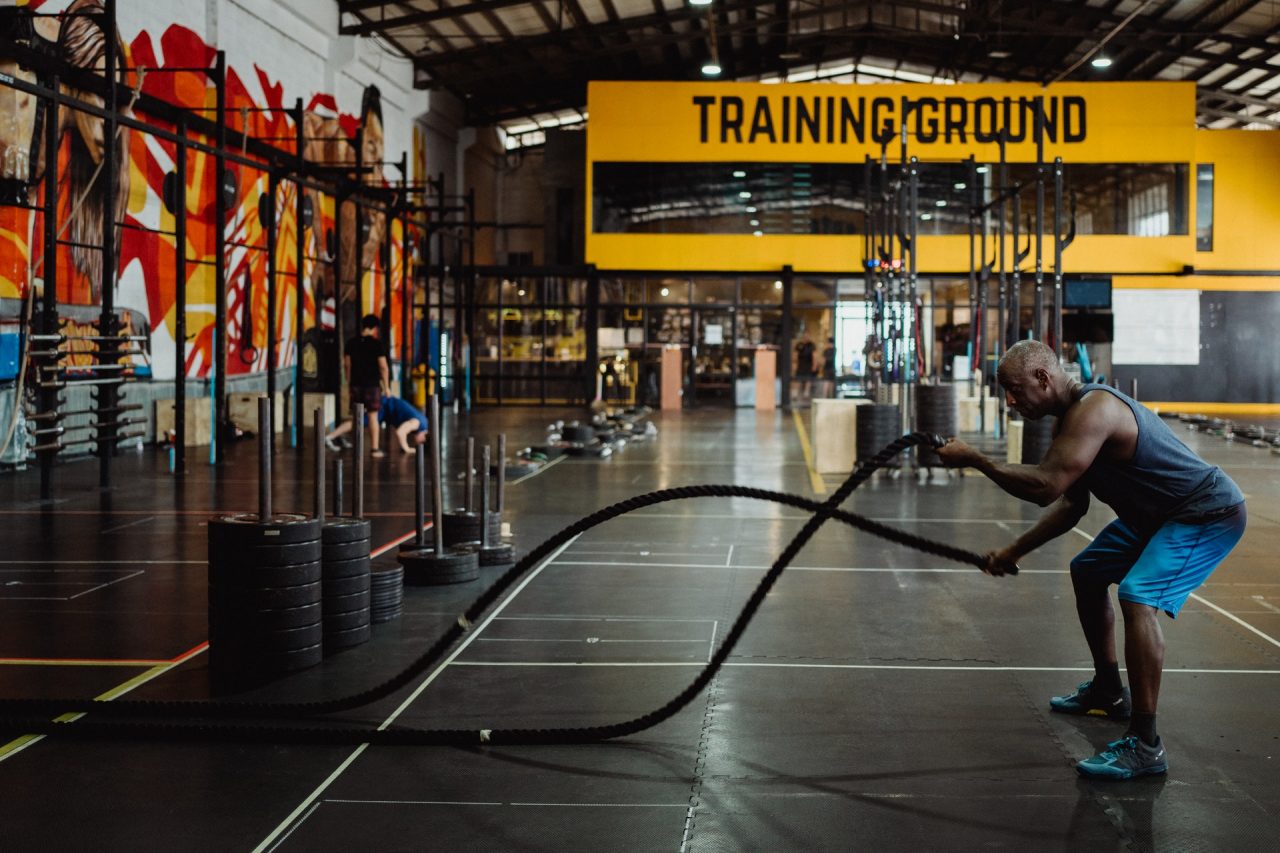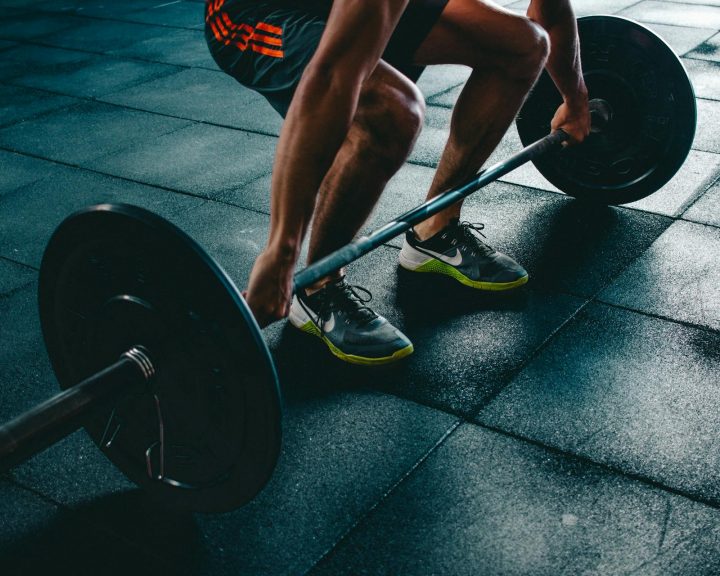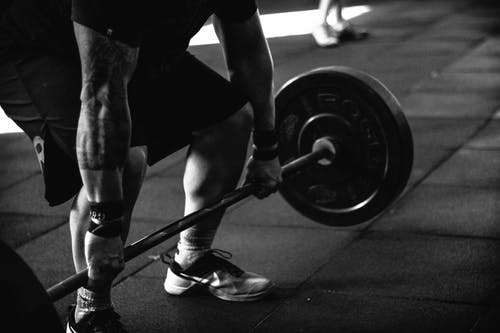This will be the first of several posts about heavy ropes, also known as battle ropes. Heavy ropes are ropes of large diameter (1.5 inches or more), are long (30-50 feet in length), and are heavy. Heavy rope exercises have both benefits and challenges for a strength and conditioning professional.
Let’s start with the benefits. They allow for a great deal of variety. They can be done as a total body exercise, an upper body exercise, or a lower body exercise. All of the exercises involve the core. Heavy rope exercises can be done rhythmically, which means they can be done for periods of time. This makes them ideal for conditioning routines. Finally the skill level for heavy rope exercises is not the same as suspension training, kettlebells, or barbells which allows for faster mastery of the exercises.
Now, they do have challenges. First they require a lot of space. A 30 foot rope needs a minimum of 15 feet of space and there should be space on either side of the athlete. Second, they have to be secured to something or they move around and are not an effective exercise. This could be to a wall, to a cage or rack, or to kettlebells or weight plates. Third, overload is a challenge with heavy ropes after the initial adjustment period of learning the exercises. By this I mean that the ropes only weigh so much, so the way to overload the exercise is to do more repetitions, to do the exercises for longer periods of time, or to decrease the rest on the exercises. If we are doing sport-specific conditioning this can become impractical.
With the overload challenges, there are several uses of heavy ropes for an athlete (notice I’m drawing a distinction between an athlete and a person training for general fitness):
- Metabolic conditioning: Due to the ability to perform total body movements rhythmically this is an ideal component in a larger conditioning session to get the athlete in shape for their sport.
- Warm up: The heavy rope is a great tool for warming up for strength training, baseball practice, basketball practice, or other sport practices.
- Rehab: Following injury this is a great tool to help get athletes back into training. It’s less wear and tear on the joints than other strength training implements so it is a good beginning to get back into things.




